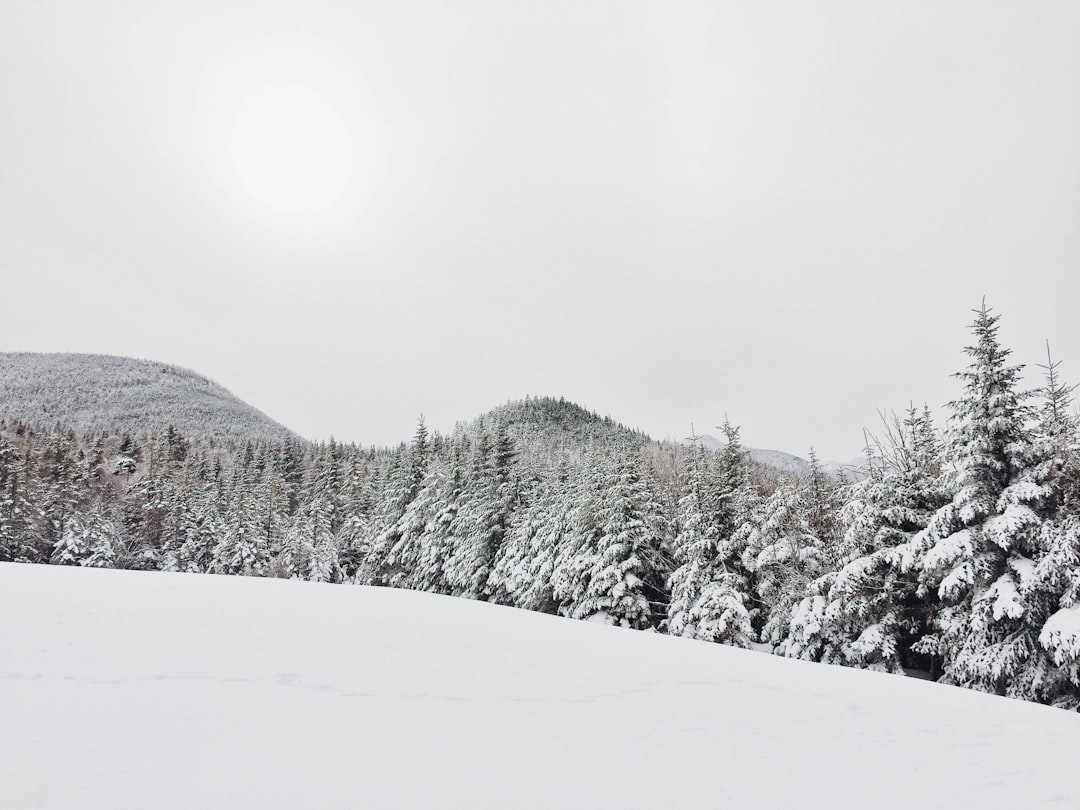What is it about?
In the mid-1970s, winter rain in coastal southwestern Australia (SWA) fell sharply followed by a more gradual decline from the late 1990s onwards. At the same time, summer rainfall gradually increased in the inland SWA region in the mid-1970s, although later it also gradually decreased since the beginning of the 21 century. The reduction of winter rainfall along the coast in the mid-1970s is suspected to be related to the poleward shifting of the subtropical jet. This paper shows that both the winter reduction along the coast and the increase in inland summer rainfall are associated with the positive phase of the southern annular mode (SAM). In addition, quantitative analysis of frequency and intensity shows that the previous reduction in winter rain was due to a reduction in the frequency of strong fronts, while the reduction in the late 1990s was due to an increase in dry days and reduction of light rain days. The paper also shows that increased summer rainfall was associated with more frequent and more intense eastern troughs, possibly associated with increased numbers of intense tropical cyclones in northwestern Australia.
Featured Image

Photo by yue su on Unsplash
Why is it important?
These changes in the rainfall are linked to the southern annular mode (SAM) and El Nino Southern Oscillation. The reduction in coastal rainfall and the increase in rainfall inland both when the SAM is in the positive phase (southward shift of the Jet), especially when the phase of ENSO is neutral.
Read the Original
This page is a summary of: Rainfall Changes over Southwestern Australia and Their Relationship to the Southern Annular Mode and ENSO, Journal of Climate, August 2014, American Meteorological Society,
DOI: 10.1175/jcli-d-13-00773.1.
You can read the full text:
Contributors
The following have contributed to this page










